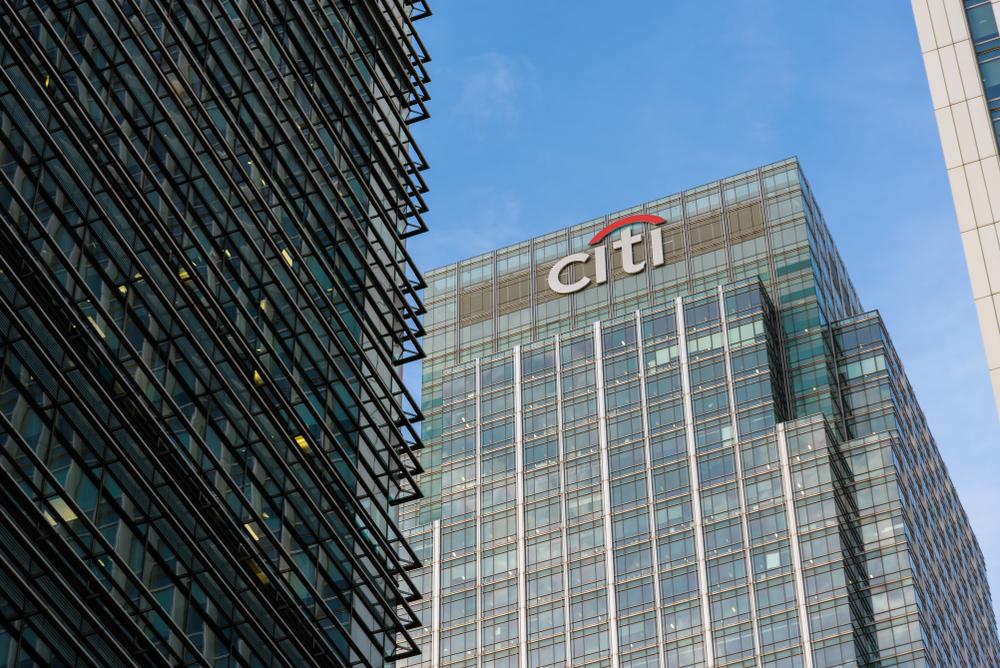On January 17th, New York-based global bank Citi (NYSE:C) announced the launch of the $150 million Citi Impact Fund, an investment drive aimed at “double bottom line” US-based private sector companies which generate financial profit and have a positive impact on society.
CEO Michael Corbat commented on the launch, “It takes companies of all sizes to address the challenges our society faces today. While Citi’s global footprint and scale allow us to use our balance sheet to play an important role, smaller, newer, ‘double bottom line’ companies play an equally important role in driving change.”
Citi says that the Impact Fund is designed to invest in businesses which offer innovative solutions to four main societal challenges:
- Workforce Development – solutions that train and connect people to careers.
- Financial Capability – solutions that increase access to the financial system.
- Physical & Social Infrastructure – solutions that improve an individual’s way of life through housing, healthcare and transportation.
- Sustainability – solutions that address issues related to energy, water and sustainable production.
On top of this, a portion of the fund has been set aside specifically for “earlier stage seed investments”, with Citi explaining that this funding will be allocated to businesses led or owned by women and minorities.
Ed Skyler, executive vice president of Global Public Affairs at Citi, elaborated on the bank’s new venture: “The gender and ethnic gap in the startup world is very real, with reports showing a small fraction of venture capital funding being allocated to women and minority owned startups, Our intention is to not only help these businesses scale and thrive but to also shine a light on the investment opportunities among this pool of often overlooked, high potential entrepreneurs.”
With individual investments tipped at rates of up to $10 million paid entirely out of its own capital, Citi Impact Fund is the largest of its kind. Citi notes that eligible companies will be expected to, “have demonstrated proof of concept, built an existing customer base, secured prior rounds of funding and exhibited the potential for scale in multiple markets”.
Credit: Written by Freelance Writer, Bronte R. Carvalho

